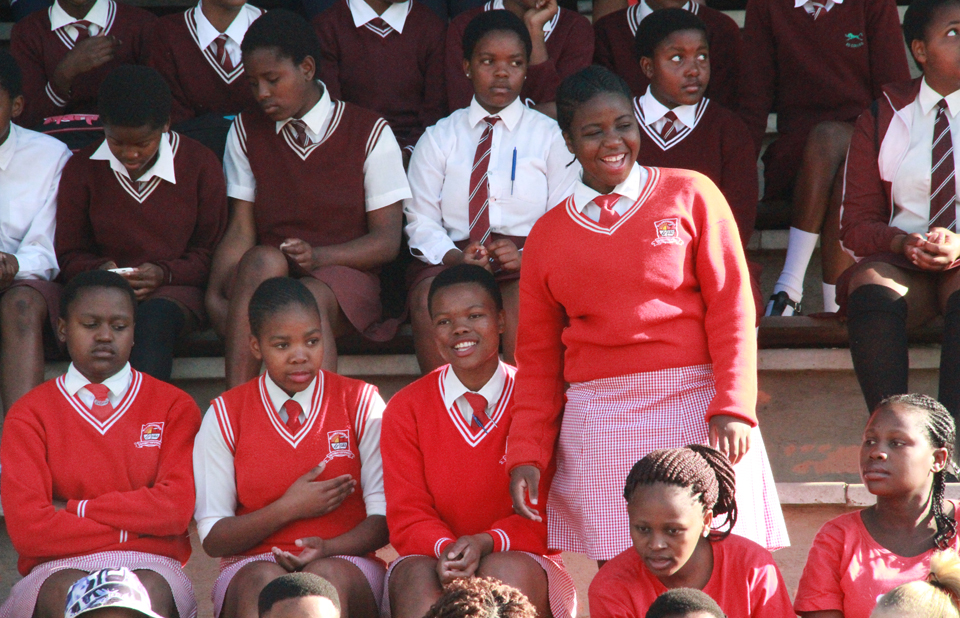In 1995 at the World Conference on Women in Beijing countries unanimously adopted the Beijing Declaration and Platform for Action – the most progressive blueprint ever for advancing the rights of not only women but girls. The Beijing Declaration is the first to specifically call out girls’ rights.
On December 19, 2011, United Nations General Assembly adopted Resolution 66/170 to declare October 11 as the International Day of the Girl Child, to recognize girls’ rights and the unique challenges girls face around the world.
The International Day of the Girl Child focuses attention on the need to address the challenges girls face and to promote girls’ empowerment and the fulfilment of their human rights.

Adolescent girls have the right to a safe, educated, and healthy life, not only during these critical formative years but also as they mature into women. If effectively supported during the adolescent years, girls have the potential to change the world – both as the empowered girls of today and as tomorrow’s workers, mothers, entrepreneurs, mentors, household heads, and political leaders. An investment in realising the power of adolescent girls upholds their rights today and promises a more equitable and prosperous future, one in which half of humanity is an equal partner in solving the problems of climate change, political conflict, economic growth, disease prevention, and global sustainability.
Girls are breaking boundaries and barriers posed by stereotypes and exclusion, including those directed at children with disabilities and those living in marginalized communities. As entrepreneurs, innovators and initiators of global movements, girls are creating a world that is relevant for them and future generations.
The 2030 Agenda for Sustainable Development and its 17 Sustainable Development Goals (SDGs) adopted by world leaders in 2015, embody a roadmap for progress that is sustainable and leaves no one behind.
Achieving gender equality and women’s empowerment is integral to each of the 17 goals. Only by ensuring the rights of women and girls across all the goals will we get to justice and inclusion, economies that work for all, and sustaining our shared environment now and for future generations.
Today, more than 1 billion girls younger than 18 are poised to take on the future. Every day, they are challenging stereotypes and breaking barriers. Girls are organizing and leading movements to tackle issues such as child marriage, education inequality, violence and the climate crisis. As the theme of this year’s observance underscores, they are proving to be unscripted and unstoppable.
On this International Day, we celebrate achievements by, with and for girls since the adoption of the landmark Beijing Declaration and Platform of Action – a comprehensive policy agenda for the empowerment of women and girls. Across nearly 25 years, we have seen more girls attending and completing school, fewer getting married or becoming mothers while still children themselves, and more gaining the skills they need to excel in the workplace.
To ensure that all girls can reach their potential, we need concerted efforts and investments in their health, safety and 21st-century skills. Every year of secondary schooling a girl receives boosts her earning power by as much as 25 per cent. If all girls and boys complete secondary education, 420 million people could be lifted out of poverty. The benefits unfold across generations.
We need to uphold the equal rights, voices and influence of girls in our families, communities and nations. Girls can be powerful agents of change, and nothing should keep them from participating fully in all areas of life.

